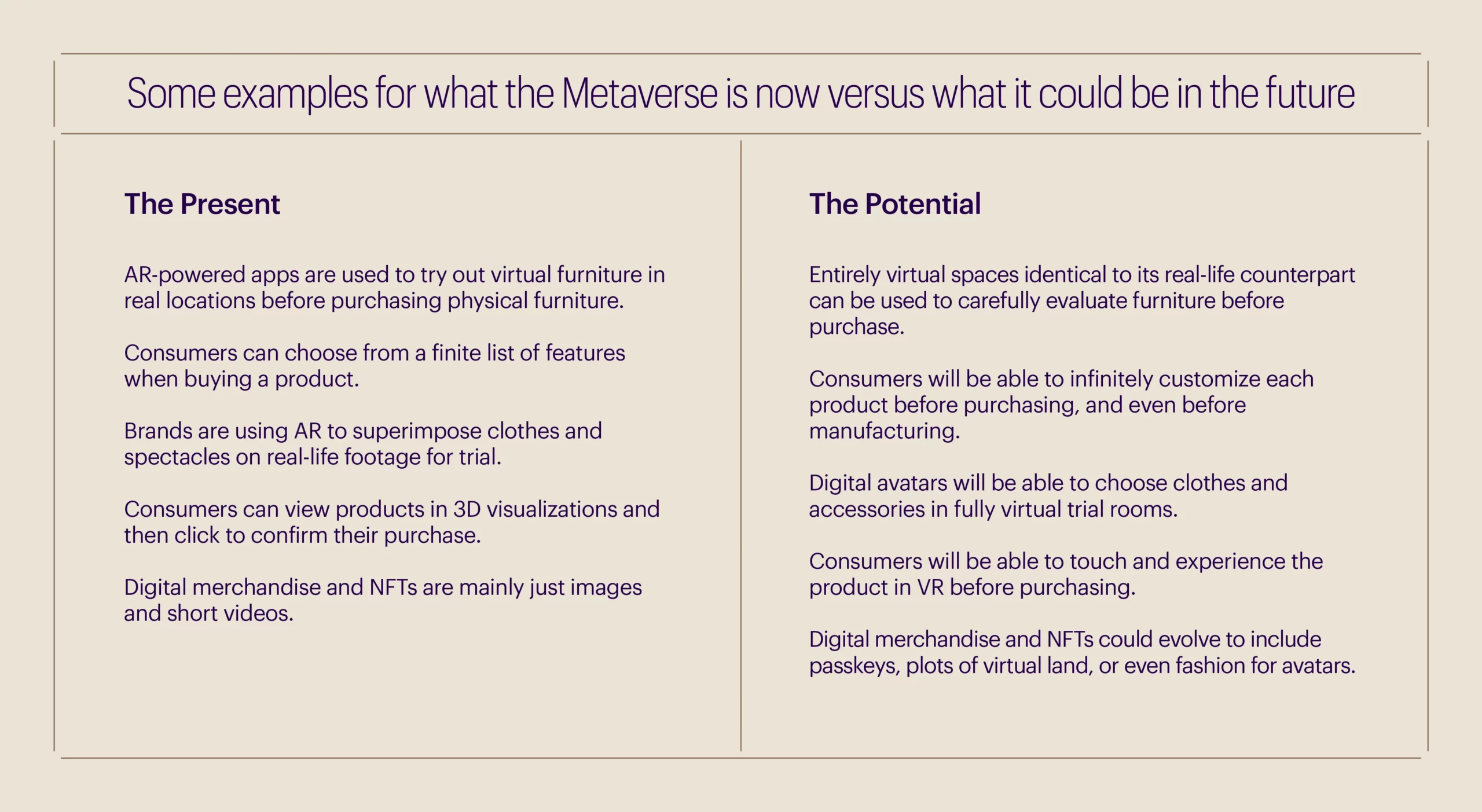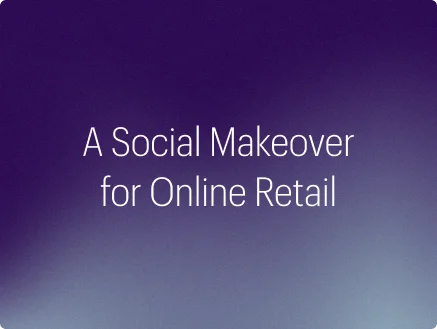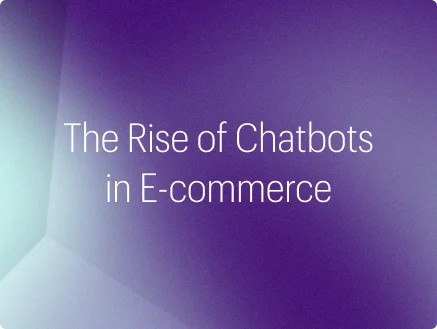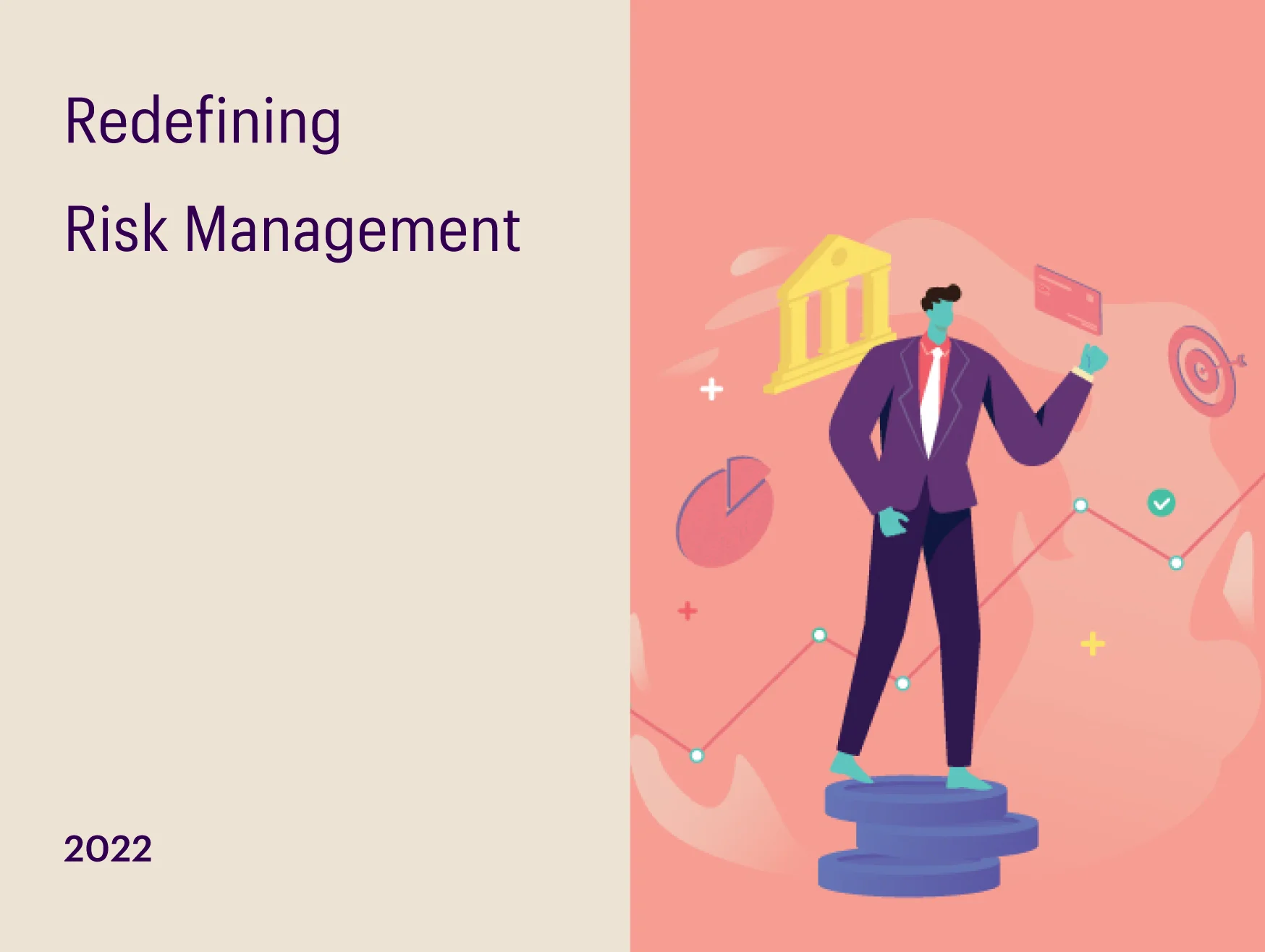Ever since Facebook announced that they were changing their company name to Meta in late 2021, the term ‘Metaverse’ has occupied a rather significant place in the public consciousness. Every day, more and more articles are published online about it, touting it as the future of the internet. Of special interest is how the new technology is set to transform the realm of online retail, as it offers new and interesting ways for brands and consumers to interact and engage with each other. News outlets report that many large companies are making forays into this new futuristic space. But what really is the Metaverse?
The Metaverse
An important caveat in all the discussions about the Metaverse is that it remains largely a concept for the future, which makes defining it quite a difficult task. Loosely, the Metaverse is a combination of various innovative systems and technologies that operate seamlessly together [1] to blur the lines between the real and the virtual worlds. The Metaverse is linked to the idea of Web 3.0, the internet of the future, a decentralized system built on the blockchain. Its advocates envision a space where we would spend all or most of our time and where we can get all our daily activities and chores done – from working to shopping to attending a concert with friends – all from the comfort of our own homes. The Metaverse envisions everyone interacting with each other through avatars – unique digital embodiments of users within the Metaverse. Similar to many role-playing video games available today, the Metaverse avatars, meant to be the user’s identity in the virtual space, are infinitely customizable, and users are free to create them as close to or far from their own physical appearance as they wish. Since it is meant to be a user’s identity in the virtual space, an avatar would, conceptually, be able to remain unchanged across different platforms on the Metaverse.
Though we are nowhere close to the Web 3.0 Metaverse that is envisioned, it is not purely theoretical either. The technologies that are supposed to power it – like blockchain, cryptocurrency, non-fungible tokens, and extended reality – do exist in some form or the other. Some of them use our existing (Web 2.0) frameworks to set a base for what is yet to come. The Metaverse-related technologies that an average consumer is probably most familiar with at present are VR (Virtual Reality) and AR (Augmented Reality), known together as XR (Extended Reality). These have found their way into our lives through video games, online education, etc.
Metaverse and e-commerce
Imagine yourself sitting comfortably at home, realizing you have shopping to do. You would be able to easily log onto the Metaverse using your VR goggles and access the store of your choice, which would allow you to walk along the virtual aisles, dropping what you require into a virtual cart. When you are done, the payment will be done automatically, and your purchases will be dropped off at home. Such a system could provide businesses with ways to increase their profitability while promising consumers convenience, a better shopping experience, and ease of purchase.
The ideas that the Metaverse puts forward is not without merit, and they have been gaining momentum in the public consciousness. The pandemic brought about significant changes in people’s shopping habits, with more and more buyers preferring online and hybrid modes of shopping over a purely brick-and-mortar experience. The total number of digital shoppers worldwide saw growth by almost one billion between 2019 and 2022 and is projected to keep growing [2]. This trend is expected to continue with commerce in the Metaverse, where the speed and convenience of online shopping can be combined with the personalization and experience of physical retail [3].
The Metaverse is set to transform the online shopping experience from “click and buy” to “experience and buy” [3]. AR and VR tools could create interactive 3D spaces for shopping, and consumers can now be assured of the quality and fit of a product before purchasing it. Brands would be able to gauge public response to new products by allowing consumers to virtually experience and try them out before launch. This would also ensure a significant reduction in the losses incurred by brands from returns and replacements due to unmet consumer expectations [1].
The Metaverse provides brands the opportunity to build stronger and more engaging communities with their consumers. Through events and activities in the virtual space, companies can interact directly with their consumer base and build a more symbiotic relationship with them [3], even allowing their customers to interact with each other [1]. Imagine attending giant fairs in virtual reality where you can explore various brands and products alongside your friends right from home. This allows for more data collection, which can then be used to gain valuable customer insights.
The Metaverse will personalize the shopping experience to a degree never seen before, moving beyond simple product recommendations. Brands would even be able to offer consumers the option to customize products before they are manufactured [4].
In addition, the Metaverse will offer new kinds of products – digital assets like fashion for your avatar or virtual furniture. These would gain importance as tools for personalization and identity creation. Fashion brands would be able to offer digital versions of clothes and shoes, which would make it possible for a user to recreate themselves exactly in an avatar. Alternately, digital fashion offers infinite possibilities for experimentation with one’s appearance. These products would be extremely customizable and would be instantly deliverable.
The present reality
According to Gartner, 25% of people will spend at least one hour a day in the Metaverse for work, shopping, education, social media, and entertainment by 2026 [5]. And despite it being in the early stages of its development, many brands and companies are already investing in the Metaverse to gain the advantage of being an early adopter. How are some brands making use of Metaverse-related tools that are available to us today?
- A global furniture retailer and an American e-commerce platform have begun to use AR-powered apps that showcase their products, and help customers decide its suitability by simulating what various furniture would look like in their homes.
- An American online retailer of prescription glasses now employs a tool that allows users to virtually try on pairs of glasses before making their purchases[6].
- Virtual fitting is also quite popular with many fashion brands[7].
- An Indian online retailer recently launched a Metaverse offering which allows consumers to interact with, discover, and purchase new products in gamified immersive virtual environments[8].
- Many online retailers have begun to offer more than just static images of their products, instead providing three-dimensional visualizations that would help consumers explore all sides of the product.
- An India-based consumer electronics brand recently co-hosted a virtual K-pop concert on a Metaverse application where they introduced innovative ways to promote and sell their product – including interactive advertisements, coupons as rewards for mini-games, and influencer endorsements[9].
Some of these, like the AR-based virtual fitting use case, may be increasingly familiar to consumers, but a proper realization of these features in the Metaverse would be able to go above and beyond present capabilities. Fitting rooms could be entirely virtual, accessible through one’s digital avatar, furniture could be purchased by first trying it out in an exact virtual copy of your home and so on.

However, it is not expected that we will all begin shopping on the Metaverse tomorrow, the next month, or even the next year. Much of the technology behind it is still in development, which prevents immediate widespread adoption. For example, the “experience and buy” feature of the Metaverse is still quite a long way away from actual implementation. The objects we encounter in VR are still image-like representations whose weight and feel cannot be conveyed without extremely advanced haptic devices. Additionally, VR and AR devices required to access the Metaverse are still too bulky, expensive, and difficult to use. However, this could change soon, as some companies are now offering these devices at lower prices than before. But more importantly, a decentralized, common marketplace in the Metaverse would require an as-yet-unseen level of standardization of sizes and units across products, brands, and even countries[7].
The Metaverse is a popular point of discussion in many online spaces today, whether praising or criticizing the idea. What makes most of these discussions incomplete is the fact that, for the most part, the Metaverse is still conceptual. Every opinion on it comes along with a slightly different definition. Nevertheless, the Metaverse and its associated technologies signify an important shift in how we view, use, and experience the internet. Its ideas are a window into our possible future, and its development could prove instrumental in how businesses continue to operate online. These ideas offer much in the way of progressing our e-commerce experience, and this space could certainly be something worth investing in.
This is the third in a series of articles on developments in e-commerce and online retail. Follow us on social media to be the first to know when we publish.
Bibliography
1. YEC. “Council Post: How the Metaverse Will Reshape E-Commerce Forever.” Forbes, April 14, 2022. https://www.forbes.com/sites/theyec/2022/01/24/how-the-metaverse-will-reshape-e-commerce-forever/?sh=29c5625969d9.
2. Statista. “The Statistics Portal.” Statista, 2022. https://www.statista.com/markets/413/topic/544/key-figures-of-e-commerce/#overview.
3. Duman, Ongun. “Metaverse: The Future of the e-Commerce.” Medium, December 21, 2022. https://arvrjourney.com/metaverse-the-future-of-the-e-commerce-65d5581e0790.
4. Hight, Alida. “How the Metaverse Is Transforming the Ecommerce Landscape.” eLearning Industry, March 28, 2022. https://elearningindustry.com/how-the-metaverse-is-transforming-the-ecommerce-landscape.
5. Wiles, Jackie. “What Is a Metaverse? And Should You Be Buying In?” Gartner, October 21, 2022. https://www.gartner.com/en/articles/what-is-a-metaverse.
6. Chaudhary, Agam. “Metaverse Has Potential to Revolutionize E-Commerce.” mint, July 25, 2022. https://www.livemint.com/opinion/online-views/metaverse-has-potential-to-revolutionize-ecommerce-11658743775928.html.
7. Gilad, Zohar. Strategies for the ecommerce metaverse journey | venturebeat, June 11, 2022. https://venturebeat.com/datadecisionmakers/strategies-for-the-ecommerce-metaverse-journey/.
8. Singh, Manish. “Indian E-Commerce Giant Flipkart Launches Metaverse Shopping Experience.” TechCrunch, October 17, 2022. https://techcrunch.com/2022/10/17/indian-e-commerce-giant-flipkart-launches-metaverse-shopping-experience/?guccounter=2&guce_referrer=aHR0cHM6Ly90ZXN0LW1hdGhjby53cHdvcmtzLmFwcC8&guce_referrer_sig=AQAAAHUvRV4B6PPRglH1W22CYmI_DHSKw_lsui1hGm7sdLowjIIk35Wd1H2xf80gUPoAKNCp4HvacXhYqGLG9n3Egem0j09z04xJcOfbTk2ZOmhwinmvwCmiR-W6c7u_MIO0nkI9Kuggk5bNm2RXUF9ChGa-nFNmzBwISrG09PVUQkyj.
9. Currency, FE Digital. “Financialexpress.” Blockchain News | The Financial Express, August 23, 2022. https://www.financialexpress.com/business/blockchain-boat-hosts-metaverse-concert-floatverse-2640919/.



